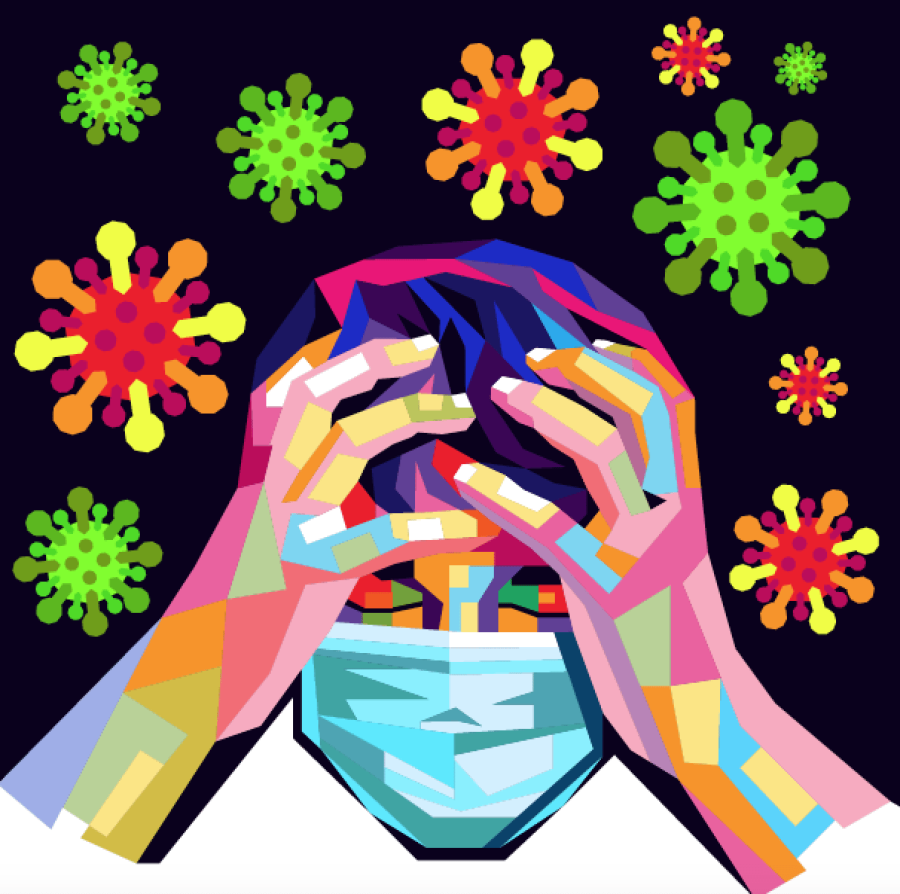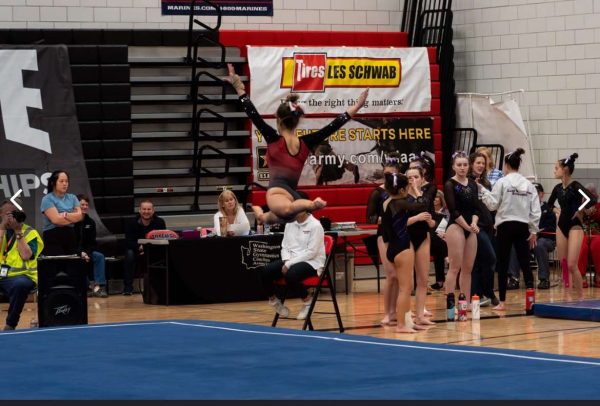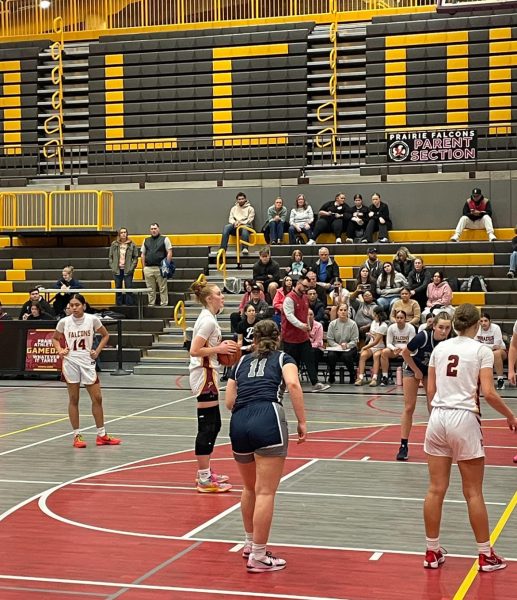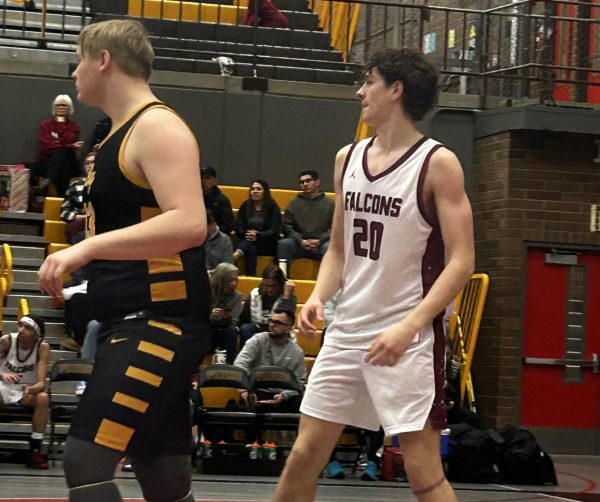Teen Mental Health Post-COVID: Where Do They Stand?
The CDC has been tracking the effect the COVID-19 pandemic has had on teenagers. “According to the new data, in 2021 more than one-third (37%) of high school students reported they experienced poor mental health during the COVID-19 pandemic, and 44% reported they persistently felt sad or hopeless during the past year.” (CDC Article.)
When comparing these statistics to pre-COVID data, it appears that persistent feelings of sadness had already been rising prior to the pandemic. However, per the Director of CDC’s Division of Adolescent and School Health Kathleen A Ethier, “Students need our support now more than ever…” (CDC Fact Sheet) Overall, the numbers show that the pandemic encouraged the growth of this worldwide issue.
Having to balance the fear of the unknown, social awkwardness, and a new form of schooling simultaneously was a grueling ordeal; so much so, that many still struggle even now. When exploring the myriad of ways high school students suffered during the COVID-19 pandemic, the list is extensive, however mental health far surpassed the others.
One way you can put numbers to this issue is by looking at the rate of adolescent trips to the emergency room for psychosocial reasons. A page that has covered this is the Psychiatric Times which reported, “While non-COVID trips declined, the proportion of Emergency Department trips for psychosocial issues actually increased by 69%. Children and teens experienced increases of about 24% and 31%, respectively.” These numbers raise concern and call into question the impact the pandemic has had on the youth of the world.
In Washington, the Healthy Youth Survey is conducted annually in eighth, tenth, and twelfth grade to assess student attitudes as well as well-being on a variety of topics, including mental and emotional health. When asked if they had anxious or nervous feelings or if they considered themselves depressed, the numbers spoke for themselves. Statewide, out of 10,220 12th graders surveyed, 68% of them responded yes in 2018. In comparison, in 2021, the percentage rose 5.8% to 73.8% responding yes. Closer to home, in Clark County specifically, the survey of 2,663 students in 2018 resulted in 68.2% of the students responding yes, and rose 5.1%, with the results sitting at 73.3% in 2021. These numbers indicate that over the course of the pandemic, mental and emotional health issues were on the rise among twelfth graders.
One way to measure this effect within the walls of Prairie High School is to speak to the students of PHS. In a poll conducted of 52 PHS students, varying in gender, age, sexual and gender orientation, they were asked the question, “Do you think COVID impacted your mental and emotional health?” The results were both saddening and unsurprising, with 45 (87%) of students answering “Yes”, and only 7 students (13%) responding “No”.
Tracking data from teens is helpful, but another efficient way to understand why the pandemic caused these issues is to listen to the stories of those it affected. When asked about the effect COVID had on her mental health, Senior Sam Bundy, who was a freshman when the pandemic first hit, had this to say, “The isolation we had to do, for safety reasons, made me feel so lonely that I went into a major depression and lost motivation to live.” Some of her younger peers concurred, referencing things like feeling isolated, becoming numb to their emotions, and losing motivation not just for school, but also for extracurricular activities. Bundy went on to discuss what she’s seen, and why she believes that teens are still struggling now, even as the era of COVID is coming to an end. “I believe that younger teens struggle to this day on social progress from not seeing friends and struggle with self-discipline because they did not have older peers around them to be role models.” This sentiment of lack of guidance is something that underclassmen echoed as issues they dealt with as well.
Another Prairie student, Junior Keilana Westbrooks, voiced her thoughts on why she thinks teens struggled through the pandemic. “I think being a teenager and being stuck in quarantine was extremely hard since we couldn’t socialize or even see any of our friends and classmates.” This lack of social interaction was a common theme among students when thinking about the reasons why their mental health was so greatly affected by the COVID shutdown. She continued and discussed what she feels are the areas that she’s still struggling with post-COVID. “I think now I’m still struggling to make up for the time that I lost in the sense of like, mentally those years that I lost due to COVID. I haven’t learned much since, because I still feel like I’m stuck where I was before COVID happened.” When reflecting, she mentioned that COVID felt like the years never even happened, that there was a “gap” of loneliness where she was just sort of here. This story is a sad, but not uncommon one. Many other students, when given the chance to speak on their experiences as a teenager during the pandemic, had the same theme to their tales: isolation, depression, and fear of the unknown.
The pandemic was a difficult time for everyone in the world, but teens lost out on some of the most formative experiences that lead them into their adult lives. Losing out on milestones that help give teens the life skills they need to be functioning members of society, took its toll. In the wake of the pandemic, teenagers are struggling to get back that lost time and learn how to take care of their mental and emotional health.
In addition to students, a group that has a unique perspective on this issue is the people who have spent the last three years trying to aid students in their journey, high school staff members. One of Prairie’s administrators, Mrs. Thompson, took a moment to discuss what she has seen through the course of the pandemic. “I think that students, by not being in school, stunted students because they did not have all of the redirects available, they did not have the experiences.” When asked what areas she sees the greatest level of struggle in, she noted, “Ironically, talking to each other. I think that student dialogue has suffered significantly, not only in the ability to read body language and understand each other but also in the ability to actually problem solve with each other.” This lack of communication is something that students have all mentioned as added aggressors in the fight to figure out how to manage mental health, not just in their classes, but also in the world.
One of Prairie’s Intervention Specialists, Sharice Lee, also spoke on her thoughts regarding teen mental health. “I’ve got feedback from students saying that they lost their skills when it comes to things like making friends and introducing yourself to other people, and how to really interact with new people because they were at home for so long and just around their families. And so, I think that’s one of the biggest impacts COVID had, which impacts how happy a person is if they have good relationships with other people.” She went on to talk about how this lack of understanding of how to interact with other people, has led many students she has spoken with to have that higher level of anxiety. “I feel like kids didn’t get as much support for their social-emotional needs and mental health needs during COVID because it’s like, everybody was stressed out.” This lack of support was a common subject that staff and students alike brought up when discussing the ways COVID caused students to struggle throughout the duration of the pandemic.
There were all of these new and scary problems the world was facing, and these young students were put in positions where they needed to try to fight this while receiving little to no support outside of their homes, simply due to the physical separation the shutdown caused. While many schools did their best to support their students, when you are not in the building with them, it’s hard to give that extra aid.
Another staff member who spoke on their thoughts regarding these issues, is science teacher Mr. Klodt. His perspective is also especially intriguing because, throughout the course of the pandemic, he went through his own transformation going from a student himself to now a teacher. When asked what areas he has seen students struggling in, he mentioned connection; “Becoming friends with new classmates or building trust with an adult is something that seems to take longer to develop now.” This lack of connection works as figurative walls, keeping people apart just as effectively as the physical walls that kept them apart during the duration of the pandemic. People, especially teens who spent a lot of time when they were supposed to be learning how to have healthy interactions, have grown accustomed to the separation that COVID caused, and now it’s a habit that is keeping their socialization limited, while their mental and emotional health continues to suffer.
When talking about what ways she is trying to combat the pandemic, and start to aid in the healing process for students, Prairie teacher Ms. Odro, had this to say. “I’m working on changing the way that I teach and engage students in the material in class.” She also spoke on the power of writing, to help with mental and emotional health, “I feel very passionately about giving students opportunities to write for themselves. There are many studies that show how writing can help support mental health, especially creative writing, and journaling.” These practices, along with other approaches different teachers are taking, will hopefully help in the process of bringing students back to a healthy space, not only educationally, but also mentally and emotionally.
As we move into a post-COVID era, into one of healing and relearning the skills that teens have either lost or never learned, one thing is certain. We must have conversations, and truly listen. Students have been robbed of so much time and experience over the course of the last three years. Now is the time that the world, and closer to home, Prairie High School, has to rally together to help each other grow. The COVID-19 pandemic has caused a plethora of obstacles to overcome, but together we can change the narrative. It can take one person, one relationship, and one conversation, to change the course of a person’s life. The question for students is this, What are we willing to do in the present to secure the future we deserve?








